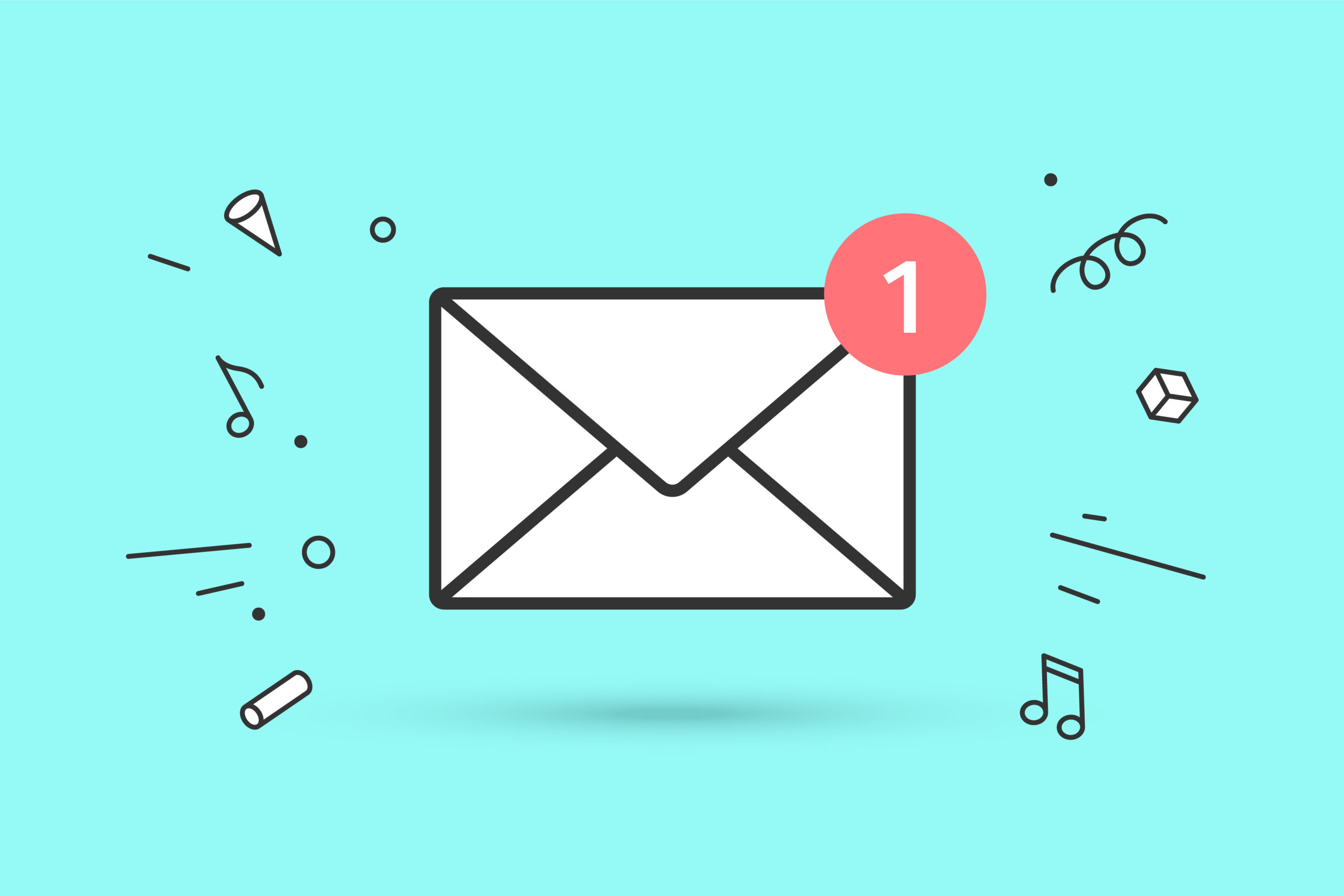Email is a powerful for tool for B2B organizations to distribute content, reach audiences and build engagement. The content of the email, everything from the email design, content promoted and template formatting, is critical for a seamless experience. But to get someone to read the email, they have to open it first. This is where the email subject lines comes into play and becomes an even more important element in B2B email marketing than the content. If audiences do not open your email, they are never going to read the content.
Creating an effective B2B subject line is not a complicated task, but it does involve following a few best practices and having a key understanding of what is impactful to your audiences. Here are some do’s and don’ts for B2B email subject lines that are essential to follow for successful email marketing efforts.
Do’s for Email Subject Lines
B2B email marketing trends change over time as new ones emerge and old ones get phased out, but from what we have seen recently, these do’s for subject lines will put your organization on the path to improved open rates and overall email performance.
- Use less than 10 words or 60 characters.This keeps the subject line short and to the point. A subject line with more words or characters can be distracting and might not be clear on what the offering is. Plus, mobile views only show around 43 characters, so this optimizes the subject line for mobile.
- Personalize using persona characteristics. Email marketing personalization is a well-known tactic, but using it effectively is where many organizations tend to fall short. In the subject line, use words or key characteristics that touch on your audience’s personas. Whether it be an interest, a pain point or even their job role, something that makes the email feel more personalized to the audience will incline them to open it.
- Appeal to audiences using particular keywords or phrases. The subject line is about enticing a person to open your email and read more. Using words or phrases that appeal to them, aside from persona characteristics can make a difference. For example, using words that build trust such as “proven,” “best practices,” “recognized” or “expert” gives the audience a sense that the information inside the email is valuable and lives up to the hype of the subject line.
- Utilize pre-header text. You know that subheader text of an email in your inbox that some organizations neglect to use? Not using it can do more harm than good. Giving a slight preview of the email contents beyond the subject line gives the audience more context and excitement to open the email.
Don’ts for Email Subject Lines
When it comes to the do not’s for subject lines, there are plenty. But, focus on avoiding these few.
- Use over 20 words. Keep the subject line to the point. Dragging on over 20 words can take away from the core topic of the email and might even confuse people in some cases. Keep it short.
- Use the word “newsletter.” This might come as a surprise to some, but open rates drop almost 19% when the word is included.
- Use spam words or phrases. Words in subject lines that seem like spam can deter opens. For example, using terms such as “double your income” and “click now” can register as spam-like and turn away the reader.
- Use a lot of emojis. Emojis are very popular and when used in a limited capacity can be effective. Using too many can also appear as spam or distract the audience from the true email offer.
- Use all caps. It might seem like a good idea at first, but this can give off a poor user experience. Use proper grammar and punctuation.
- Mislead the audience on the email offer or content. One thing that does not bode well for organizations is when they have a subject line and email copy that do not necessarily match. When someone reads the subject line, it makes sense that the email copy should match. Ensure the subject line does not mislead audiences into what the email content or offer is.
Create Impactful Subject Lines for More Effective Email Marketing
These do’s and do not’s for B2B subject lines are instrumental in overall email marketing performance. As mentioned before, emails do not get opened or clicked through if the subject line is not effective. While this is not an exhaustive list of subject line best practices, these do encapsulate the core rules to follow for the best performance. Over time, your organization might learn some of these tactics work better than others, so shift strategy as needed and always be aware of emerging trends.
Ready to kick start your email marketing journey? Start with powerful content. Check out our Content Strategy and Plan course for more information.

